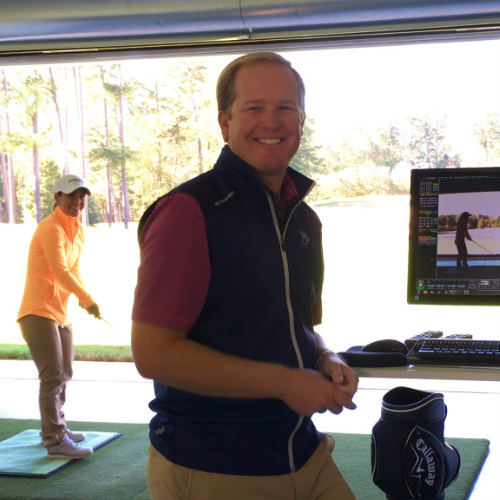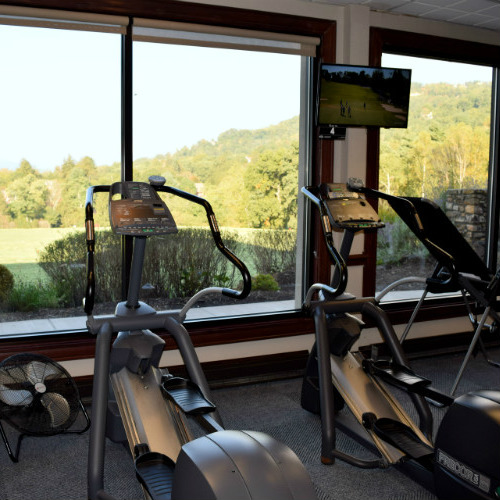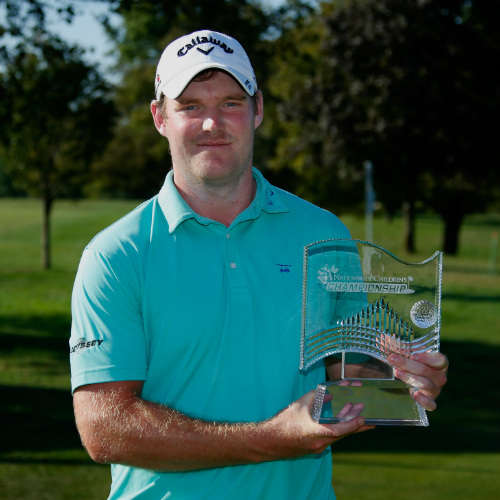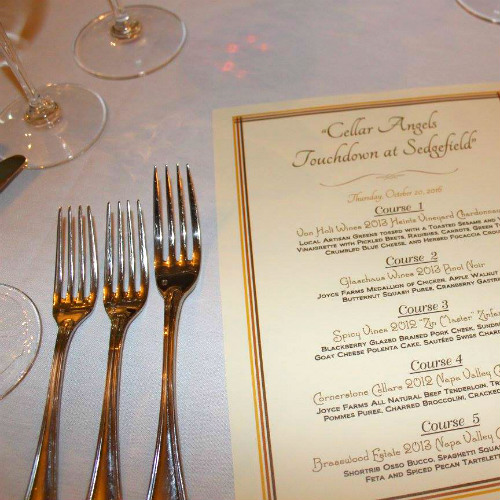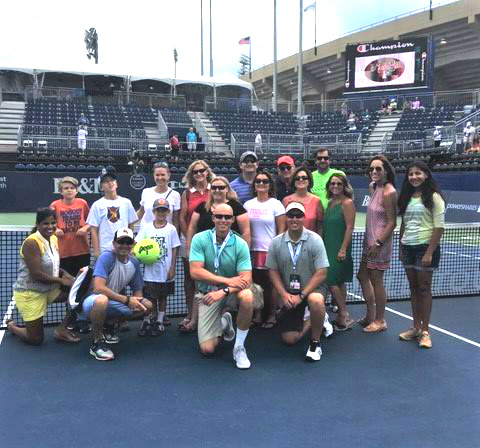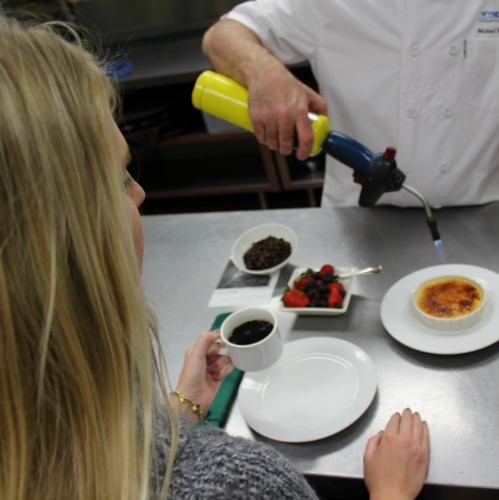
Award- Winning Golf Writer Irwin Smallwood reflects on the life and legacy of golf's greatest friend.
What Follows is what I saw and heart and came to understand about the man who is responsible for making golf the sport it is today. And how does one begin when writing about Arnold Palmer? By using what I call the Bob Drum rule, of course, and therein lies a story. Perhaps a half-century ago, in the late 1950s or early 1960s, some wag in the press room at the Masters decided to have some fun and expose the provincialism of those of us laboring at our typewriters (yes, typewriters). When he got around to Drum, a Pittsburgh golf writer widely known as Palmer’s man, it was easy.
Every story he wrote began the same way. “Arnold Palmer,” — no more, no less. Just his name, a comma, and whatever The King happened to be doing, whether he was leading some tournament by a dozen or lagging behind.
So now, after golf’s greatest friend passed away, let us not be different.
“ARNOLD PALMER,”
Arnold Palmer was born and bred and remained a Pennsylvanian to his death, though he lived much of the year at Bay Hill in Orlando, and with his substantial fortune and jet could live for spells wherever in the world he desired. But, to our good fortune, he was also “one of us.”
The Arnold Palmer we all knew was raised, to a large extent, at Wake Forest University. Just ask any Deacon die-hard you know. He tops everybody’s list of most important Wake alums.
He also was a great friend of the Wyndham Championship’s illustrious forbear. Only Sam Snead contributedmore to the success of the old Greater Greensboro Open in its salad days. Wyndham executive director Mark Brazil puts him in a threesome with Snead and “possibly Davis Love III” as the tournament’s most important figures from the past, with little fear of contradiction.
The fact that he never won the GGO always nagged him. I mean, really nagged him. To the end, few things haunted him more than the mistake he made on the 70th hole of the 1972 tournament. He was leading by two strokes with two holes to play when he hit his tee shot on the par-three 16th at Sedgefield (No. 7 as they play it today) into the branch and suffered a triple bogey. Dream dashed.
When the Wyndham moved back to Sedgefield, it was an historic event. And who was there for the occasion? Arnold Palmer, of course. All the ceremonies were taking place in the clubhouse that in 1953 was the Sedgefield Inn and scene of the founding of the Atlantic Coast Conference. A year later, in the spring of 1954, Palmer won the first ACC golf championship at Old Town Club adjacent to the Wake Forest campus. And just like that, his storied career as one of the game’s fiercest competitors and most successful players was off and running.
WAKE FOREST ROOTS
Just listen to what he had to say in his 2005 commencement address to the university: “I have had a love affair with Wake Forest since my undergraduate days, but I didn’t realize until many years later what I had truly learned at Wake Forest, both in and out of the classroom, about the meaning of a productive and meaningful life.”
Actually, if it had not been for Wake Forest and its then-athletics director Jim Weaver (later, the first ACC commissioner), there might never have been an Arnold Palmer as we have known and loved for all these years.
I remember Jim telling the story years later, when he was presiding over the ACC from his office on the mezzanine inthe old King Cotton Hotel in downtown Greensboro. His duties at Wake included coaching the golf team.
“I got tired of Dumpy Hagler and Chuck Erickson beating my brains out,” he said, recalling Hagler as golf coach at Duke and Tar Heels coach Erickson. “I decided I was going to get me a golf team, and somebody told me about this kid named Buddy Worsham.”
Worsham was the young brother of 1947 U.S. Open champion Lew Worsham and a hot prospect. Weaver offered him a scholarship. But Worsham said he’d come only if Weaver ive his best friend a scholarship as well.
“I asked Worsham if his friend could play golf, and he said yes, so I said bring him along,” Weaver said. His friend, of course, was Arnold Palmer.
Weaver was a strong father figure for Palmer for years to come, but admitted that he did little or no coaching. “I mainly had to carry a trunk load of putters in my car,” I remember Jim telling me one day. “In those days, Arnold would change putters on every hole if he
GROWING DEACON GOLF
Palmer’s Wake Forest connections are many and well documented: three terms a member of the board of trustees, recipient of an honorary doctorate, fundraiser par excellence, and generous contributor, including one of the finest practice facilities in collegiate golf.
The most celebrated of these, however, are the scholarships that he has endowed. The first was born of tragedy. His close friend Buddy Worsham was killed in an automobile accident returning from a dance in Durham (Palmer had turned down a ride and went to a movie instead, the story goes). The grief of this largely led to Palmer’s withdrawal from school and three-year stint in the Coast Guard, and he promised himself that he would memorialize his friend as soon as he was able.
Thus evolved the Buddy Worsham Scholarship, and later an Arnold Palmer Scholarship, and the two of them (and six added later) have played a significant role in the success of the Deacon golf program: three NCAA titles and 18 ACC championships.
In addition to present Deacon Coach Jerry Haas, his brother and PGA TOUR veteran Jay and nephew Bill, a former FedEx Cup winner, these scholarships have produced three major champions: Lanny Wadkins, Curtis Strange, and still-competing Webb Simpson, as well>as former PGA Tour winners Billy Andrade and Joe Inman.
Among the permanent campus tributes to Palmer are a residence hall and one of collegiate golf’s best practice facilities that bear his name. But my personal favorite is his statue in front of the practice facility. I’m told that it is the only statue on the Wake campus, an in the days following his death, among the items placed at the statue was a can of Arnold Palmer iced tea, his favorite tea-and-lemonade drink that helped make him one of the richest athletes of all time, and Wake Forest one of his prime beneficiaries.
LASTING LEGACY
In 1958, the Azalea Open in Wilmington wasthePGA Tour stop just ahead of the Masters. It was a fun time, with Palmer as the defending champion and looking good for Augusta. That is,beforeHowie Johnson tied him at the end of 72 holes, forcing a playoff that ended with Palmer shooting 78 and losing to Johnson’s 77. All was forgotten, however, the following Sunday when Palmer won his first Masters. Ah, those were the days. There were no entourages. Just players, wives, and writers, most of them staying at the old Richmond Hotel in downtown Augusta. On Sunday morning before the final round, as I entered the hotel dining room for breakfast, there sat Arnold and his wife Winnie.
“Come join us,” he said, and we did. Such was the friendliness and charm that made them both the envy of the sports world. No wonder that when Palmer died, most of the tributes from around the world seldom mentioned his exploits on the golf course that won him four Masters titles, two British Opens, and one U.S. Open.
The remembrances mainly told stories of little things, warm and fuzzy gestures that endeared Arnold and Winnie to those around them. And, of course, their financial generosity in the untold millions that helped build two hospitals in the Orlando area, and cancer centers in his hometown of Latrobe, PA, and another in California.
Among the many stories of Palmer’s connection with the common man, none tells it better than the one of the man who was eating a ham sandwich while watching from the tee box in some tournament while a hungry Palmer was waiting to hit. The man offered up his sandwich, and Palmer came over and had a few bites.
Personally, I’ll always remember the day in Augusta when I needed to talk with him about something regarding the GGO. I figured the best place to catch him was coming off the par three after the traditional competition. The teeming crowd engulfed him on the golf cart. Seeing the throng ahead, he hollered, “Just hop on the cart and ride with me.”
I did, and for the next few minutes, I just rode there on the back of the cart waving to the thousands around us. Nobody had the faintest notion who was waving at them, and I wasn't about to let on that I was a nobody myself.
Arnold Palmer, ... RIP.
